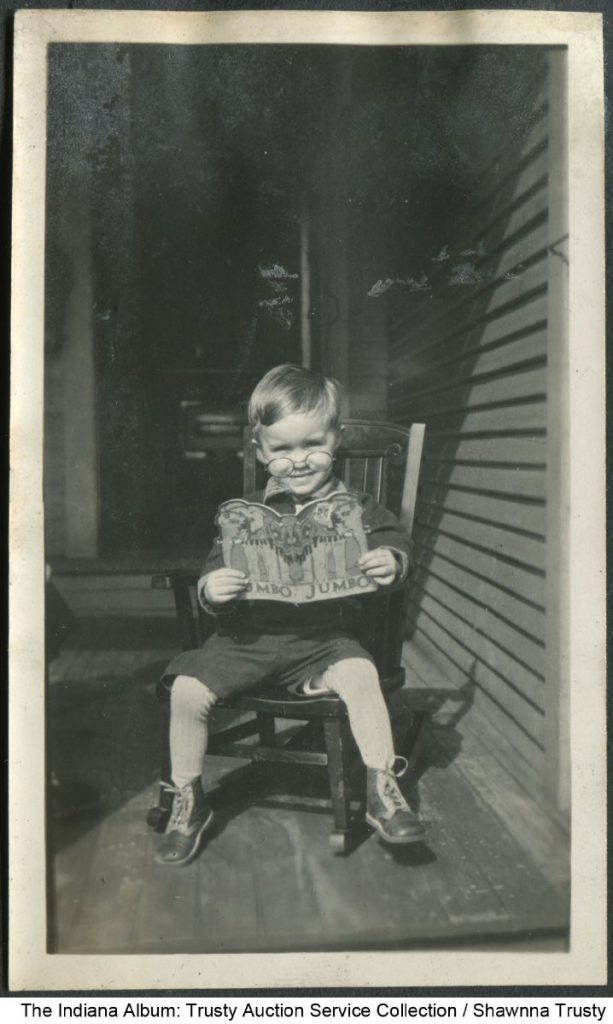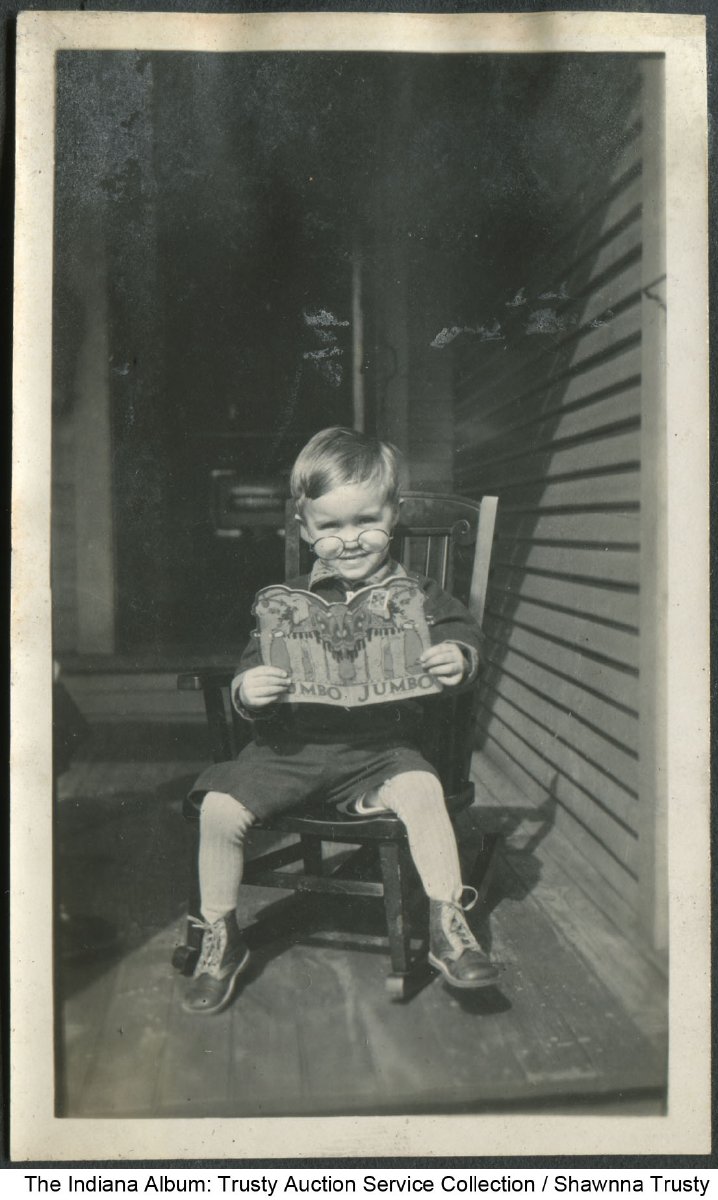Census data shows a continuous decline in the percentage of Indianapolis residents reported as illiterate or presumed to be functionally illiterate due to inadequate educational attainment. Literacy crises or campaigns, then, do not reflect a demonstrable rise in illiteracy, but rather a perception that illiteracy has increased or a conviction that the number of illiterate or poorly educated adults is unacceptably high, given school attendance rates and higher occupational and social requirements for literacy abilities.
Unfortunately, the federal census has used different measures for literacy in different years, so reliable comparisons are hard to make. The illiteracy data for Indianapolis from 1840 to 1880 are especially sketchy. In 1850, 965 (4 percent) Marion County adults over 20 were reported as illiterate (unable to read and write); in 1870, 2,426 (probably around 10 percent) Indianapolis residents over 20 were counted as unable to write. The increase has been attributed primarily to improved reporting methods.

Beginning in 1890 all those reported as “unable to write” were counted as illiterate, since data had shown that almost all those able to write were also able to read. (However, about 20 percent of those counted as illiterate in Indianapolis that year could read but could not write.) Based on those ages 10 and over unable to write, then, Indianapolis (6.1 percent) and Indiana (6.3 percent) scored below the national percentage of 13.3 percent. Indianapolis’ illiteracy percentage was comparable to that in other midwestern cities.
Illiteracy continued to decline in Indianapolis and the state during the last four census years in which the literacy question was asked (1900-1930). By 1930 only 1.2 percent of Indianapolis residents 10 and over were reported as illiterate, compared to 1.7 percent for Indiana and 4.3 percent for the United States. Despite those decreases national and state commissions on illiteracy were appointed in 1930. The expressed alarm that year over the high number of native white illiterates in the state, concluding that “the larger centers of population apparently have failed to utilize their supposedly superior school systems.” However, a 1932 article reported that Indianapolis had one of the lowest illiteracy rates among 93 large cities in the United States.
Beginning in 1940 the census started asking about educational attainment rather than literacy per se. The correlation is not exact, but the shift from rudimentary literacy to a more functional definition probably has helped promote a sense of concern about illiteracy. Still, the percentage of adults with less than a ninth-grade education provides only a rough gauge of functional literacy. In 1940, 51 percent of Marion County residents 25 and over had completed less than nine years of school; by 1950, that figure had dropped dramatically to 38 percent. The next ten years saw a smaller decline, to 33 percent in 1960.
Early in 1962, President John F. Kennedy requested $50 million for a “massive attack” on adult illiteracy; in Indianapolis literacy institutes sponsored by Laubach Literacy Action (a training program for volunteer literacy instructors) led to the formation of the Central Indiana Literacy Council. After a few years, the council seems to have faded away, but another Indianapolis literacy group was formed sometime in the early 1970s, working through . This group was the first incarnation of the Greater Indianapolis Literacy League (GILL). Meanwhile, the percentage of Marion County adults with less than nine years of schooling dropped to 23 percent in 1970 and 15 percent in 1980, compared to 17 percent in the United States.
By the early 1980s, GILL had become inactive. Recognizing the need for a revived organization to coordinate literacy efforts for adults at the lowest reading levels, a group of concerned citizens reorganized GILL in 1984 and established a coalition with the . The library provides support services, including a full-time manager of Literacy Services who serves as executive director of GILL. Serving primarily those with less than a fourth-grade reading level, GILL has worked with 1,958 students since 1984. In 1985 the Marion County (now Indianapolis) Adult Literacy Coalition was established to coordinate literacy efforts in the city and secure funding for literacy projects. IALC was instrumental in setting up an Adult Education Referral Network.
The oldest continuous providers of literacy services in the area are the adult education programs of the various school districts. In 1967 (IPS) opened the Day Adult School, one of the first in the country. Today, IPS offers adult literacy training at over 50 sites including schools, social agencies, jails, halfway houses, and mental hospitals. About 80 percent of adult education funds go to classes for adults with less than a sixth-grade education. Enrollment in adult literacy classes has increased from 4,020 in 1985-1986 to over 7,000 in 1992-1993.
In the early 1990s over 118,000 adults (23 percent of adults 25 years and over) in Marion County had no high school diploma (in the United States it is 25 percent); over 35,000 (7 percent) had less than a ninth-grade education (U.S., 11 percent). Thirty adult literacy programs in Indianapolis tried to meet the diverse needs of this heterogeneous group—or rather, of the uncountable subgroup whose lack of literacy skills interferes with workplace and personal functioning. A profile of GILL students, for example, revealed a median age of 41; 76 percent had no high school diploma, most had fewer than 9 years of schooling, and their average reading level upon entry to the program was 1.8 (less than second grade). Only 50 percent were employed full-time, most of those in low-skilled jobs. GILL students were predominantly male (62 percent) and half were African American. Illiteracy in Indianapolis is interwoven with poverty, discrimination, inadequate schooling, learning disabilities, and family problems; literacy programs and campaigns, however effective, will never themselves solve the persistent problem of illiteracy.
*Note: This entry is from the original print edition of the Encyclopedia of Indianapolis (1994). We are currently seeking an individual with knowledge of this topic to update this entry.

Help improve this entry
Contribute information, offer corrections, suggest images.
You can also recommend new entries related to this topic.
